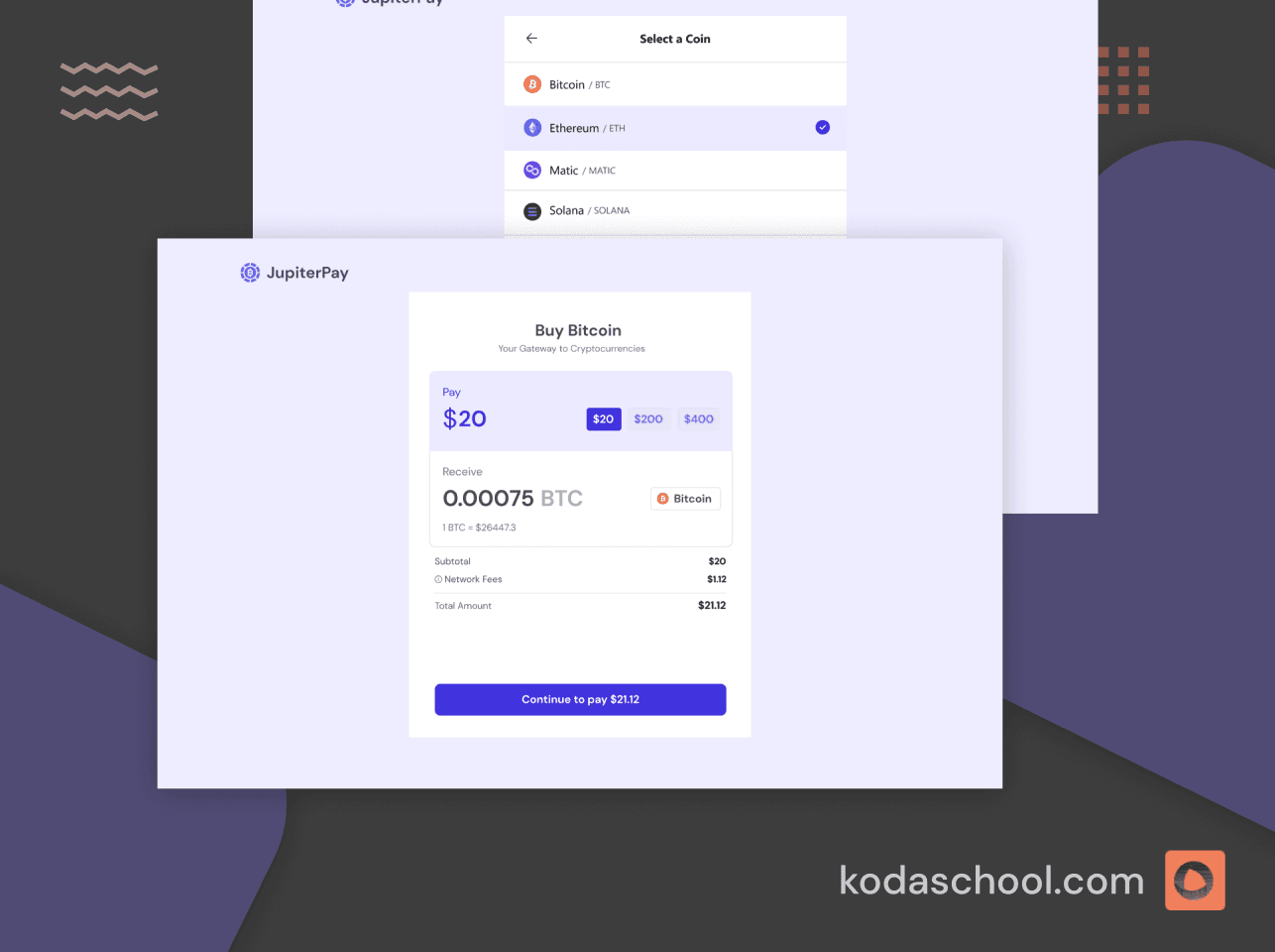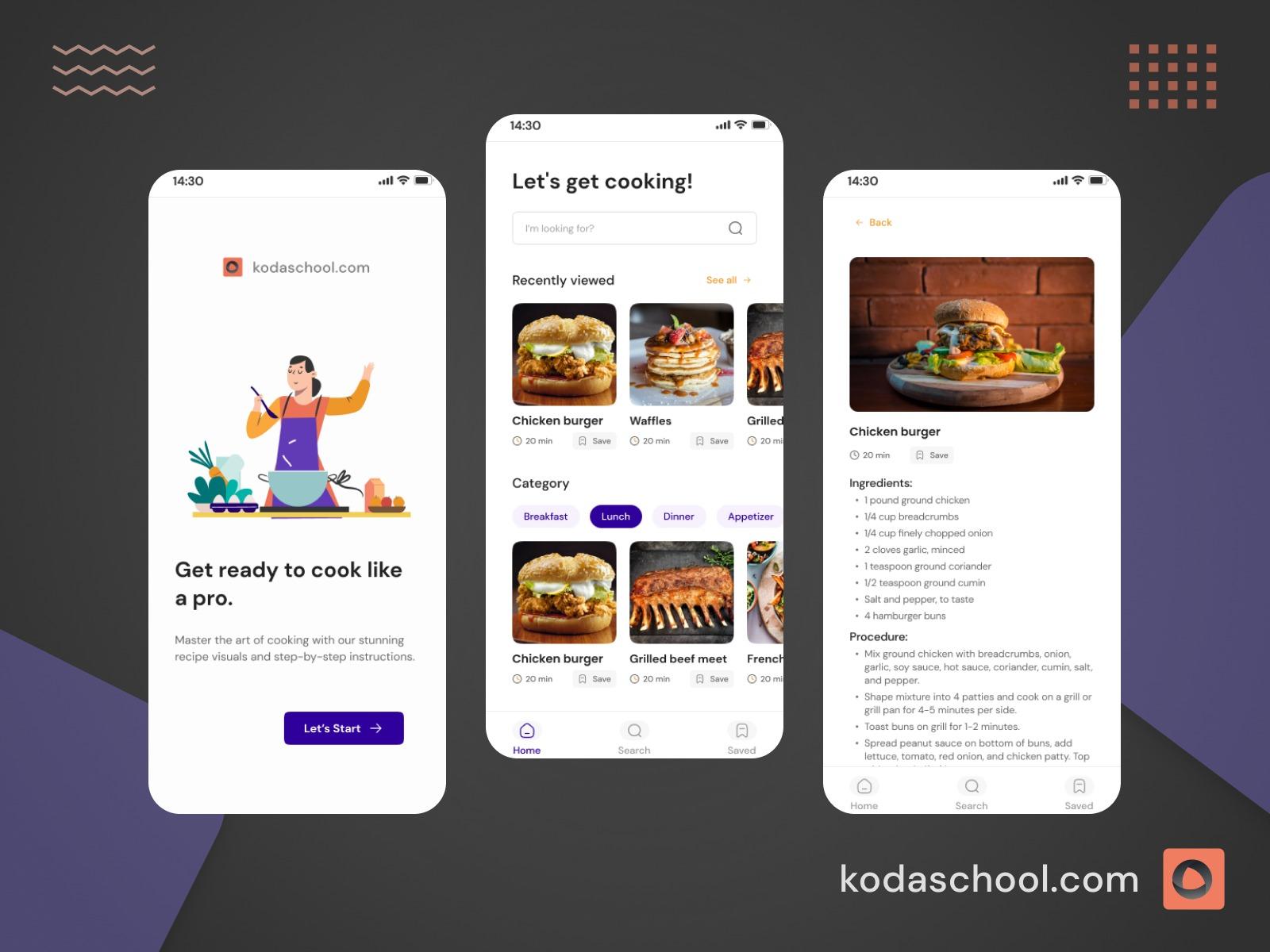Amazon SQS for System Decoupling
SQS is a crucial component in the AWS ecosystem, facilitating robust, scalable, and flexible architectures by decoupling system components.
Amazon Simple Queue Service (SQS) is a scalable and fully managed message queuing service offered by AWS that enables web service applications to quickly and reliably queue messages. Messages are stored in queues for processing tasks. The primary advantage of using Amazon SQS is to decouple components of a system so that they operate independently, enhancing the reliability, scalability, and maintainability of the overall system.
Decoupling Systems with Amazon SQS
Decoupling system components means that they do not directly communicate with each other but instead use messages that are placed in a queue. This way, if one component processes data slower than it is generated, the data will wait in the queue until it can be processed. This decoupling helps in handling:
- Load spikes: Decoupling allows for the absorption and management of load spikes without impacting the service quality of the sender or receiver.
- Component failure isolation: If one component fails, it doesn’t halt the entire system; other components can continue to operate normally.
- Scalability: Independent scaling of components is possible, allowing more resources to be allocated or reduced as needed without affecting other parts of the system.
Analogy - Restaurant Order System
Imagine a busy restaurant where the kitchen is the back-end of a system, and the customers are the front-end. The waitstaff act as the messaging system. In a traditional coupled system, each customer would need to wait at the kitchen window to place and receive their order directly from the chef. This system would quickly become overwhelmed as the number of customers increased.
Using Amazon SQS is like having a series of waiters and a ticket-based ordering system. Customers (users) give their orders (requests) to the waitstaff (SQS), who then place these orders on a central queue in the kitchen. The chefs (back-end processes) take orders from this queue as they are able to handle them. If the kitchen becomes too busy, orders queue up and are handled one at a time, ensuring no order is lost and each is processed in turn. The waitstaff can continue to take orders from new customers without waiting for previous orders to be completed, effectively decoupling the customers from the chefs.
Try Kodaschool for free
Click below to sign up and get access to free web, android and iOs challenges.
Real-World Example
Consider an e-commerce platform where customers place orders online. The platform is backed by various services such as payment processing, inventory management, and shipment scheduling.
Decoupling through SQS:
- Order Placement: A customer places an order on the website. This order is sent as a message to an SQS queue, instead of directly invoking the inventory or payment services.
- Inventory Service: An inventory service regularly polls the SQS queue to fetch new orders. Once it processes an order (e.g., checks for item availability), it updates the database and posts a message to another SQS queue dedicated to the payment service.
- Payment Processing: Similarly, the payment service retrieves order details from its SQS queue, processes the payment, and, upon successful transaction, sends a message to the shipment service queue.
- Shipment Service: Finally, the shipment service picks up the final message to arrange for the delivery of the order.
Managing Messages in Amazon SQS
Amazon SQS offers several types of queues, each suited for different applications:
Standard Queues
These are the default type and offer maximum throughput, best-effort ordering, and at-least-once delivery. Messages are delivered in a generally correct order but are not strictly ordered.
Transfers data between applications when managing high throughput is essential, such as:
- Separating real-time user interactions from demanding background tasks: allow users to upload videos or images while concurrently resizing or encoding them.
- Distributing tasks across several worker nodes: handle a large volume of credit card validation requests efficiently.

FIFO (First-In-First-Out) Queues
These queues ensure that the order in which messages are sent and received is strictly maintained and that a message is delivered exactly once.
Exchanges data between applications when the sequence of events matters, such as:
- Ensure that commands entered by users are executed in the correct sequence.
- Maintain accurate product pricing by transmitting price changes in their proper order.
- Block a student from enrolling in a course until they have completed the registration process for an account.

Differences Between SQS, SNS, SES, and Amazon MQ
- SQS (Simple Queue Service): As discussed, SQS is a message queuing service used to decouple components within a system.
- SNS (Simple Notification Service): This is a pub/sub messaging and mobile notifications service for coordinating the delivery of messages to subscribing endpoints and clients. While SQS is a queue, SNS is used for push notifications, which means messages are pushed to multiple subscribers.
- SES (Simple Email Service): SES is a scalable and cost-effective emailing service designed for digital marketing and application mail delivery. It focuses specifically on sending emails.
- Amazon MQ: This is a managed message broker service for Apache ActiveMQ and RabbitMQ that makes it easy to set up and operate message brokers in the cloud. Unlike SQS, which is a proprietary AWS implementation, Amazon MQ supports industry-standard messaging protocols and can be used to migrate existing applications to the cloud seamlessly.
Benefits of Using Amazon SQS
Security
Amazon SQS ensures message security through IAM for access control and supports server-side encryption using default or custom keys managed via AWS Key Management Service (KMS).
Durability
Messages in Amazon SQS are stored redundantly across multiple servers to ensure they are not lost, with standard queues offering at-least-once delivery and FIFO queues providing exactly-once processing.
Availability
SQS offers high availability by using redundant infrastructure, which allows for consistent and concurrent access to messages.
Scalability
Amazon SQS can automatically scale to handle increased loads or spikes in message volume, processing each buffered request independently.
Reliability
During processing, Amazon SQS locks messages, preventing them from being consumed more than once and allowing simultaneous operations by multiple producers and consumers.
Customization
Users can customize queues in Amazon SQS to delay message delivery, store large messages by integrating with Amazon S3 or DynamoDB, or split large messages into smaller ones.
Conclusion
Whether you use SQS, SNS, SES, or Amazon MQ, depends largely on your specific application requirements like message throughput, consumer type, or communication protocol preferences. Understanding these differences and capabilities can help in choosing the right service for effective system design.











